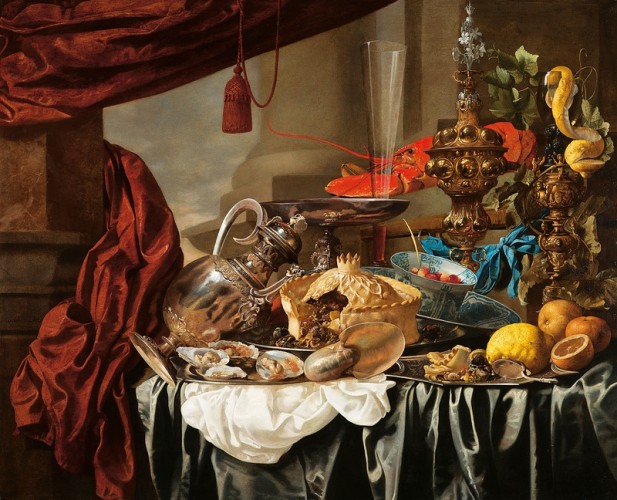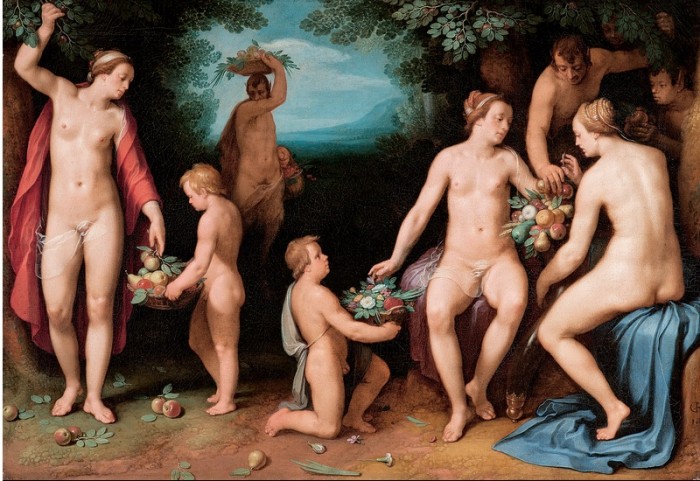Information from the museum, 24 October 2016
The internationally renowned collection of old masters belonging to the great Montreal philanthropists and Holocaust survivors Michal and Renata Hornstein, (both of whom passed away earlier this year) has been given to the Montreal Museum of Fine Arts and is now exhibited integrated with the rest of the Museum’s permanent collections of European art in the MMFA’s new, fifth art pavilion, a six-story structure connected to the other four Museum pavilions. Entitled The Renata and Michal Hornstein Pavilion for Peace, it opens on November 5 of this year. The building houses not only the Museum’s international art collection, spanning European medieval to contemporary art, but also, in its lower two stories, the Michel de la Chenelière International Atelier for Education and Art Therapy.
While Michal and Renata Hornstein had given art works to the Museum for nearly forty years, their benefactions culminated in the promised donation of seventy-seven further master works in 2012. The Hornstein group is remarkable not only for its scope, encompassing Renaissance to modern art, and for the wide range of artists and movements represented, but also for the quality of the works and their excellent state of conservation. The collection is known to specialists around the world for its remarkable group of works from the Golden Age of Dutch and Flemish painting. Among many other artists of these schools, the donation includes major paintings by Willem van Aelst, Jan Asselijn, Ludolf Backhuysen, Abraham van Beyeren, Osias Beert, Claes Berchem, Ferdinand Bol, Jan Both, Bartholomeus Breenbergh, Quirin van Brekelenkam, Jan Brueghel the Elder, Pieter Claesz, Pieter Codde, Allaert van Everdingen, Jan Fyt, Jan van Goyen, Joris van der Haagen, Cornelis van Haarlem, Jan Hackaert, Jan van der Heyden, Jan Lievens, Christiaan Luykx, Nicolas Maes, Willem van Mieris, Joos de Momper (including a monumental panoramic landscape), Gaspar Netscher, Adam Pijnacker, Cornelis van Poelenburgh, Jacob van Ruisdael, Floris van Schooten, Jan Steen (his celebrated Return of the Prodigal Son), Hendrick van Steenwijk, David Teniers the Younger, Simon de Vlieger, Cornelis Vroom, Willem van de Velde the Younger, and Philips Wouwermans, as well as masterworks dating to both before and after this period by such artists as Adriaen Isenbrandt, Albert Cornelis, Herri Met de Bles, and Gerard van Spaendonck. The donation also includes a range of other magnificent works including a major painting by Claude Lorrain and works by Georg Flegel, Jean-Michel Picart, Jacques Linard, Giambattista Piazzetta, Rosalba Carriera, Anne Vallayer-Coster, and Claude-Joseph Vernet, among others.
The Hornsteins had already been generous donors to the Museum for many years. Among their previous donations are a major, monumental Frans Snyders and works by Paulus Bor, Jan Davidsz de Heem, Pieter van Mol, N. L. Peschier, Godfried Schalcken, and such Italian, French and Swiss artists as Giovanni di Paolo, the Master of the Castello Nativity, Jacques Linard, Charles Poerson, Gianantonio Guardi, Edgar Degas, and Maurice Denis, as well as three hundred and twenty-eight works by Ferdinand Hodler. .
This donation, built over the course of decades, is the largest private art donation in the history of Canada.




